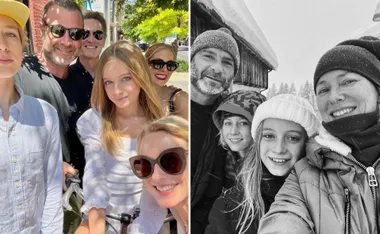Four years ago, Melbourne woman Simone Thurber gave birth to her fourth child beside a stream in the Daintree Rainforest. The natural birth was taped and uploaded to YouTube, where it’s had over 56 million views.
Speaking to SELF magazine, Thurber said the idea came to her after she watched a Russian woman give birth in the Black Sea.
“I just saw this footage and it was like my whole body responded and just went, ‘Oh my goodness,'” she said.
“We forget that we’re primal creatures and we can’t survive without the plants, and oxygen and trees and the water and sunshine…something spoke to me and I just wanted my child’s first experience when they came into life to see nature.”
So a week before her due date, the then-39-year-old woman headed travelled with her partner Nick and their three kids to find a place appropriate for the birth.
“Our friend took us down to the local swimming hole in the creek and we loved it there,” she said.
“We had so much fun playing there as a family and we kept saying that place is right, it felt really nice so that was it. It just felt really, really good to me.”

As a safety precaution, the couple hired a midwife and helicopter pilot to standby in case anything went wrong.
After eight hours of labour, which was caught on tape and edited down to a 22-minute video, their daughter Perouze was born.
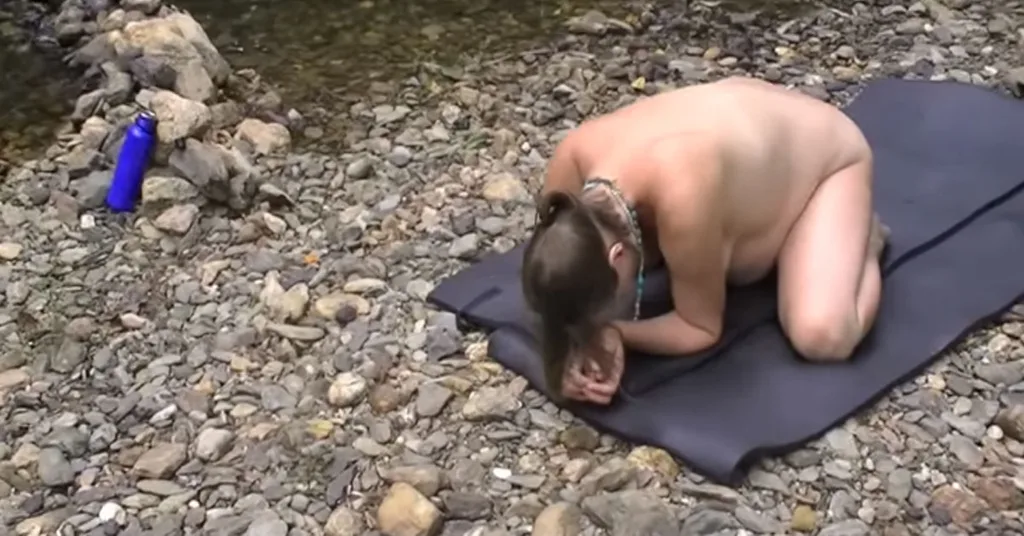
Despite the VERY graphic and raw nature of the video, Thurber says the fact that the world has seen her naked doesn’t faze her.
“There’s kind of this strange anonymity even though everyone’s seen me naked and it’s like, ‘Wow, that many people have seen my vagina and my butt hole,’ but it’s so removed from me,” she said.
If you’re inclined to view the entire video you can see it below…
But while Simone’s birth has caught a lot of attention online – many people are shocked by the whole ordeal and have accused the parents, especially the mum, of taking unnecessary risks for some kind of ‘earth-mama’ birth stunt.
Birth outside a hospital is not a popular choice in Australia. According to Home Birth Australia, the peak national boy for homebirth in Australia, fewer than one per cent of mothers give birth at home. This is a very low figure when compared with developed countries like Netherlands which has 20 per cent of babies born outside the hospital system. But interest in the having a baby at home is growing among Aussie mums.
So we decided to show this video to Dr Hannah Dahlen, who is not a medical doctor but a Professor of Midwifery at Western Sydney University. Dahlen is considered an expert in birthing practices as she has been a midwife for more than 20 years and published several peer-reviewed papers on the subject.

Dr Hannah Dahlen is a Professor of Midwifery at the Western Sydney University.
We had a chat with Dr Dahlen after she watched the video…
What is your reaction to this footage?
The first reaction is obviously, this isn’t ideal. The ideal would be to have had a professionally trained midwife present and there are several things that happen in the birth video that point that out to you.
For example, there is no checking on the baby’s heart rate to know if the baby is well. There is also the fact that the baby is half born in a cold stream of water. Now I’m presuming the Daintree is pretty clean but you can guarantee that, but the bigger concern is that the water is cold.
If you’re going to have a water birth, which essentially [the Daintree birth] was, the baby should be in body temperature – around 36.5-37 degrees – so it doesn’t get stimulated to breathe.
Also the baby should be fully submerged, and as a midwife that was the most concerning thing to me, that that baby was half in half out of cold water. Those are the sort of things that an attending midwife would be there to support.
What would you have done differently with regard to this ‘free birth’?
As a midwife and I think there’s a whole list of things I would have done differently and recommended differently, but then why do we never comment about some of the really poor practices that go on in hospitals? Of women birthing on beds, on their backs, on heavy analgesics, they’re in pain, they’re frightened, they’re cut and their babies are just pulled out.
This mum was just so in the zone. She was absolutely listening to her body, she was not showing any signs of distress and that baby came out beautifully … That’s actually how we want birth to be. That combined with a professional midwife in attendance so that if there is deviations from what’s normal there can be help supplied.
If a woman sees this and wants to emulate this would you recommend against it?
If you are low-risk, which I assume this healthy woman was, then a planned home birth is the safest thing for you if you’ve had a baby before – that’s what the biggest study now that we have available tells us.
The study shows for the first baby a home birth includes a slightly increased risk, but really small increased risk for the baby, much safer for the mother. And for the second baby, a home birth means no difference to the baby but much safer birth for the mother.
You know, this mother has made the right choice but it would have just been much safer to have a health professional there, just as a backup if things deviate.
Even the most low-risk pregnancies can deviate from what’s normal and that’s what makes home births really safe when you have professional midwives there.
Why do you think there is a growing trend of Australian women opting to have home births without professional assistance?
In Australia women are getting so traumatised within mainstream maternity we have around 1 in 10 women now coming out of childbirth with PTSD – and we never talk about this issue.
We’ve done research and some women are coming out of hospital births feeling really violated. In fact, some of the women we’ve interviewed have been so traumatised by whatever happened to them in hospital during their first birth that the thought of even going near a hospital makes them feel sick.
So women are increasingly making the decision to avoid hospital and then there are so few private and practising midwives out there, but if mothers can access them, they often can’t afford them. So through research, we’ve discovered there’s actually more women birthing unattended, without a professional midwife at home.
Is there a negligence on the part of women uploading their home births on the internet? Does this say to other women, ‘You can have a baby just like this, no help necessary’ and then that message puts other mothers in danger when they try to copy their method?
A lingering concern for me is that women look at this video and say, ‘Ah that looked easy, I’ll do it.’ But unless you are trained as a midwife or an obstetrician you don’t realise the numerous birth deviations that you would pick up with that expertise.
But, it is important that we should want women to look at birth as triumphant, which brings me to my next point; should we be allowing some of the horrors that we see on TV shows like of One Born Every Minute? Because we’ve done research and watching shows like that makes women terrified and actually contributes to the fear and trauma and women requesting cesareans because they think, ‘Oh god, I don’t want to go through that!’
So while we look at her, and I do agree there is cause for concern, I am equally concerned by some of these traumatising baby shows that are forcing choices in the opposite direction. There needs to be balance in everything.
So, in your opinion, what’s the biggest take away from this footage with regard to a safe birth?
We do know that the safest thing to do is that if you are having a home birth you need to have a professionally trained midwife there with you.
We also know that if you have risk factors hospitals are the safest places for you to be.
Having said all that, there are some women who find the hospital environment so unsafe, they cannot envisage being able to give birth in them, and that is a problem the system needs to address.
This interview has been edited for length and clarity.


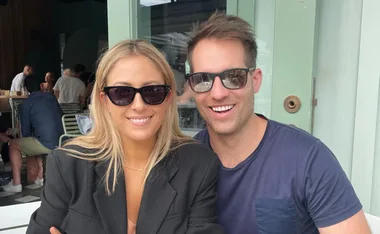
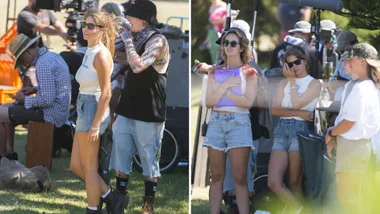
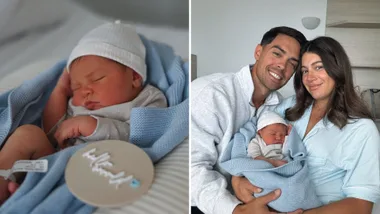
.png?resize=380%2C285)


